Obiettivi
Allowing the students to:
1. fully understand the main features of Dickens's works with a more specific focus on his "Oliver Twist" and "Hard Times";
2. improve their general knowledge of the Victoria novel with a more specific focus on humanitarian and social novels;
3. enlarge their vocabulary through the study and acquisition of new words;
4. understand how the serial publication could influence a writer's work.
Tempo di apprendimento
Apprendimento in: 3 hours
L'argomento
A How-To Guide
Stage 1 – On your textbook
1.1. Read page 37 [Charles Dickens] and do Exercise 1 on page 38.
Read the passage about Dickens’s life and works focusing on the way in which his personal experiences, mostly as a child, influenced his writing of humanitarian novels and on his writer’s evolution from a pure humourist to a humanitarian novelist up to a socially committed writer. Then do Exercise 1 on page 38.
1.2. Read page 38 (Characters, didactic aim, language and style) [Key Idea] and do Exercise 2.
1. About his characters, it is extremely important that you understand the difference between good and evil, children and adults, rich and poor constituting Dickens’s dichotomistic view of 19th century English society and, at the same time, the monodirectional way in which they are built up, absolute angels or absolute demons, so as to become more true types than realistic characters.
2. As to his didactic aim, it is sufficient to understand that he aimed to denounce and expose the wrongs against the weakest and poorest so as to make that charitable flow from the upper to the lower classes – that he so sincerely advocated – possible.
3. Pay a particular attention to the richness of his language and vocabulary.
Then read the Key Idea – Dickens’s narrative and, fundamentally, you should focus on the precise cause-effect relation between the publication by instalments and those flaws – e.g. episodic plots, useless suspense, continuous reversal of the same situations or actions and so on – affecting his early and mid literary output.
Then see his evolution from a typical Victorian Compromise point of view of social problems towards a more radical one.
1.3. Read page 39 [Oliver Twist] and do Exercise 2.

Complete the plot with the missing words and study it paying attention to the frequent coups de théâtre, reversals of situations and unrealistic narrative solutions because of the need of keeping the story suspense high and comply with the readers’ expectations and likes due to the publication by instalments. In addition do not forget to notice the presence and role of the deus-ex-machina – such a constant and topical character in Dickens’s humanitarian novels – through the character of Mr Brownlow.
As to the setting, consider the parochial, criminal and middle class worlds – which stand for what Dickens identifies as the backbone of the Victorian social system – and its treatment of London as a whole.
Complete your study reading the Key Idea – The world of the workhouse without forgetting to revise the Poor Law Amendment 1834 which was responsible for such an institution.
1.4. Read page 46 [Hard Times] and do Exercise 1.

You should study this novel in a sort of comparative/contrastive way with Oliver Twist so as to see what is similar and what is different in the treatment of plot, setting, structure and characterization as a result of Dickens’s greater maturity and political awareness.
Complete the study of Hard Times with the reading of the Key Idea – A critique of materialism and don’t forget to revise what you already studied about Utilitarianism.
Stage 2 – Online
2.1. Charles Dickens (PPT Presentation )
Sum up your knowledge through the reading of the PPT presentation from your textbook.
You can easily skip the slides from 15 to 19 about “Dickens’s universality”.
2.2. ZTE Test (Online Activity)
Do the self evaluation test on the ZTE website.
2.3. English Literature | Charles Dickens author: main themes, works and style (Video Resource)
Extensive and clearly expressed. In case you aren’t able to understand some words or sentences you may turn on the subtitles.
2.4. Oliver Twist by Charles Dickens | Summary & Analysis (Video Resource)
Do as you did in Activity 2.3.
2.5. ‘Hard Times’ by Charles Dickens: plot, characters & themes! *REVISION* | Narrator: Barbara Njau (Video Resource)
Explore and organize the main themes of the novel together with a better comprehension of Dickens’s style and basic ideas.
2.6. Utilitarianism made for ‘Hard Times’ in Dickens’ England (Online Resource)
A simple but useful explanation about the way in which Utilitarianism is treated in Hard Times.
Testing yourselves
Do the attached test and grade your knowledge.
Attività
As outlined above.
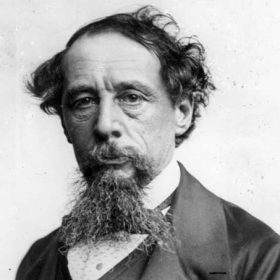
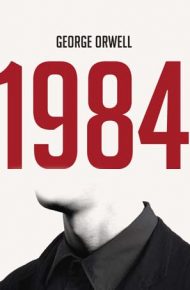
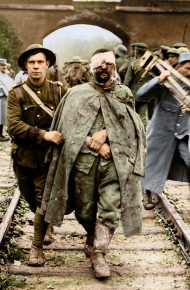

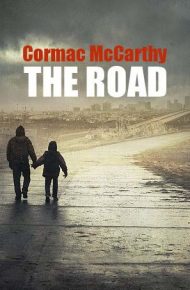

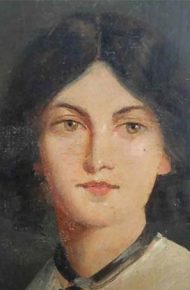
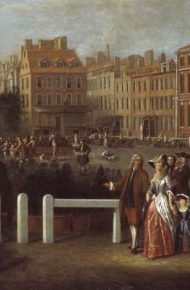
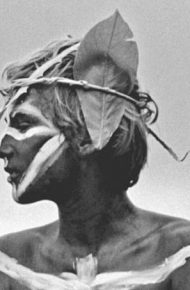
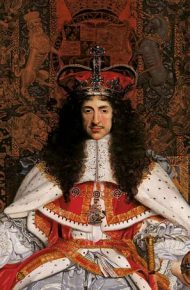
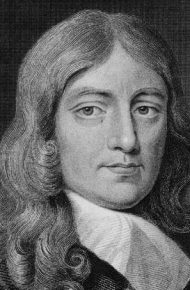

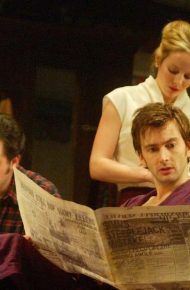
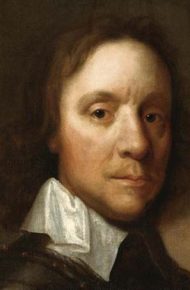
da Redazione